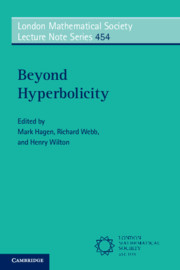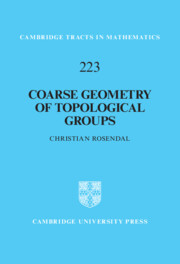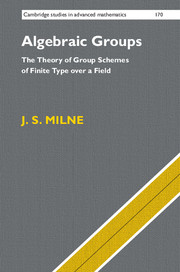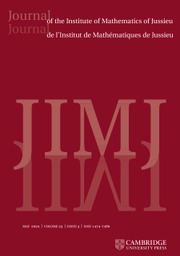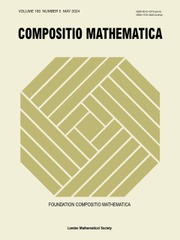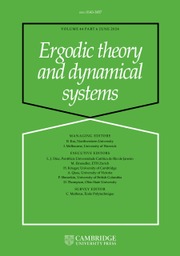Beyond Hyperbolicity
Since the notion was introduced by Gromov in the 1980s, hyperbolicity of groups and spaces has played a significant role in geometric group theory; hyperbolic groups have good geometric properties that allow us to prove strong results. However, many classes of interest in our exploration of the universe of finitely generated groups contain examples that are not hyperbolic. Thus we wish to go 'beyond hyperbolicity' to find good generalisations that nevertheless permit similarly strong results. This book is the ideal resource for researchers wishing to contribute to this rich and active field. The first two parts are devoted to mini-courses and expository articles on coarse median spaces, semihyperbolicity, acylindrical hyperbolicity, Morse boundaries, and hierarchical hyperbolicity. These serve as an introduction for students and a reference for experts. The topics of the surveys (and more) re-appear in the research articles that make up Part III, presenting the latest results beyond hyperbolicity.
- Mini-courses and expository articles serve as an introduction and as a reference on generalisations of Gromov hyperbolicity
- Short research articles on intriguing topics answer some interesting open questions
- Suitable for graduate students and established researchers alike
Reviews & endorsements
'The articles in this collection take the reader on a journey from foundational examples and definitions to state-of-the-art theorems and actively researched open problems … Students and those wanting to enter these fields of specialization will want to return to the surveys and expositions for inspiration as they engage with more specialized literature.' Robert Bell, MAA Reviews
Product details
July 2019Paperback
9781108447294
440 pages
228 × 152 × 15 mm
0.38kg
24 b/w illus.
Available
Table of Contents
- Preface
- Part I. Lectures:
- 1. Notes on coarse median spaces Brian H. Bowditch
- 2. Semihyperbolicity Martin R. Bridson
- 3. Acylindrically hyperbolic groups Benjamin Barrett
- Part II. Expository Articles:
- 4. A survey on Morse boundaries and stability Matthew Cordes
- 5. What is a hierarchically hyperbolic space? Alessandro Sisto
- Part III. Research Articles:
- 6. A counterexample to questions about boundaries, stability, and commensurability Jason Behrstock
- 7. A note on the acylindrical hyperbolicity of groups acting on CAT(0) cube complexes Indira Chatterji and Alexandre Martin
- 8. Immutability is not uniformly decidable in hyperbolic groups Daniel Groves and Henry Wilton
- 9. Sphere systems, standard form, and cores of products of trees Francesca Iezzi
- 10. Uniform quasiconvexity of the disc graphs in the curve graphs Kate M. Vokes.

